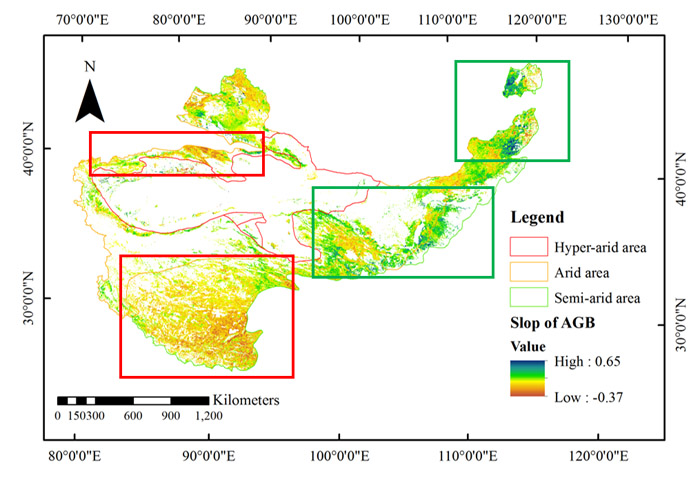
Vertical variation and storage of nitrogen in an aquic brown soil under different land uses
编号
zgly0000343247


文献类型
期刊论文


文献题名
Vertical variation and storage of nitrogen in an aquic brown soil under different land uses


学科分类
220.1040;森林土壤学


作者
ZHANGYu-ge
JIANGYong
LIANGWen-ju
WENDa-zhong
ZHANGYu-long


作者单位
InstituteofAppliedEcology
ChineseAcademyofSciences
Shenyang110016
P.R.China
CollegeofLandandEnvironment
ShenyangAgriculturalUniversityShenyang110161
P.R.China


母体文献
Journal of Forestry Research;林业研究: 英文版


年卷期
2004,15(3)


页码
192-196


年份
2004


分类号
S155.23
S154.4


关键词
潮棕壤
土地利用
土壤
氮
生物量
林地
农田
生态系统


文摘内容
The vertical variation and storage of nitrogen in the depth of 0-150 cm of an aquic brown soil were studied under 14 years of four land use patterns, i.e., paddy field, maize field, fallow field and woodland in Shenyang Experimental Station of Ecology, Chinese Academy of Sciences in November of 2003. The results showed that different land uses had different profile distributions of soil total nitrogen (STN), alkali N, ammonium (NH4+-N) and nitrate (NO3-N). The sequence of STN storage was woodland >maize field > fallow field > paddy field, while that of NO3--N content was maize field > paddy field > woodland > fallow field, suggesting the different root biomass and biological N cycling under various land uses. The STN storage in the depth of 0-100 cm of woodland averaged to 11.41 t. hm1, being 1.65 and 1.25 times as much as that in paddy and maize fields, respectively, while there was no significant difference between maize and fallow fields. The comparatively higher amount of NO3--N in maize and paddy fields may be due to nitrogen fertilization and anthropogenic disturbance. Soil alkali N was significantly related with STN, and the correlation could be expressed by a linear regression model under each land use (/:/2>0.929, p<0.001 ). Such a correlation was slightly closer in nature (woodland and fallow field) than in agro ecosystems (paddy and maize fields). Heavy N fertilization induced an excess of crop need, and led to a comparatively higher amount of soil NO3-N in cultivated fields than in fallow field and woodland. It is suggested that agroforestry practices have the potential to make a significant contribution to both crop production and environment protection。


-
相关记录
更多
- 油茶林生草栽培对土壤理化性质、微生物多样性及酶活性的影响 2023
- 琯溪蜜柚园土壤钙素养分分析 2023
- 云南松苗期不同器官生物量相关性及异速生长关系 2023
- 罗平城市绿地树种多样性与生态系统多功能性的关系 2023
- 臭氧污染对亚热带森林生产力和生物量的影响——以鼎湖山为例 2023
- 立竹密度调控对雷竹林下黄精生长及药用价值的影响 2023
 打印
打印







